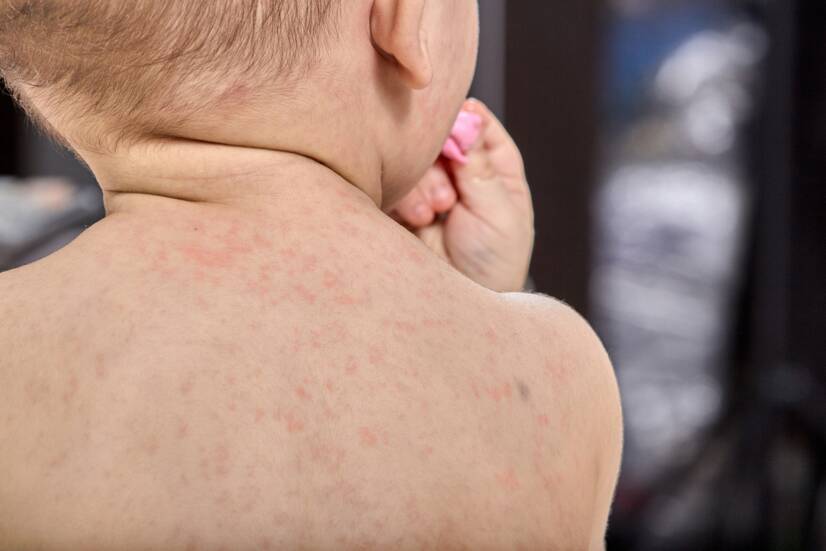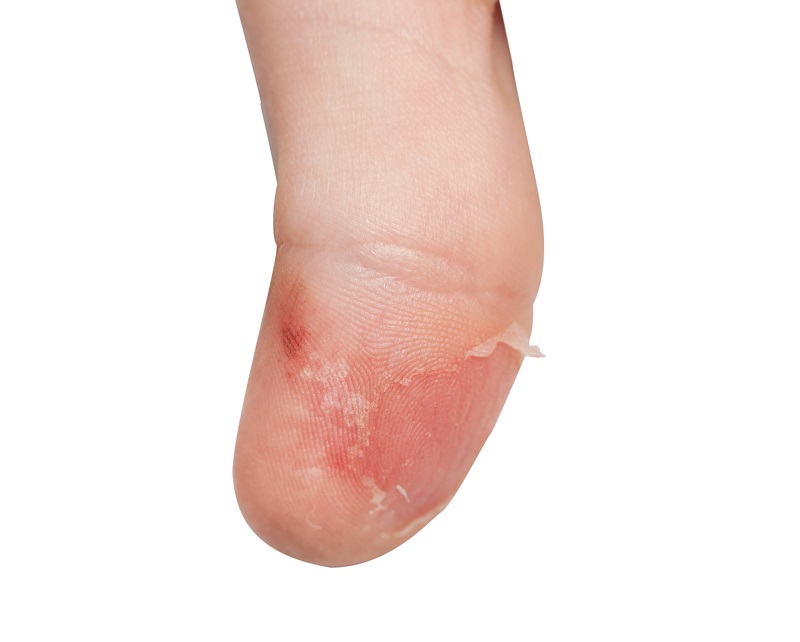- "Scarlet Fever: A Group A Streptococcal Infection". Center for Disease Control and Prevention.
- Quinn, RW (1989). "Comprehensive review of morbidity and mortality trends for rheumatic fever, streptococcal disease, and scarlet fever: the decline of rheumatic fever". Reviews of Infectious Diseases. 11 (6): 928–53
- Ralph, AP; Carapetis, JR (2013). Group a streptococcal diseases and their global burden. Current Topics in Microbiology and Immunology. Vol. 368. pp. 1–27.
- Smallman-Raynor, Matthew (2012). Atlas of epidemic Britain: a twentieth century picture. Oxford: Oxford University Press. p. 48. ISBN 9780199572922.
- Smallman-Raynor, Andrew Cliff, Peter Haggett, Matthew (2004). World Atlas of Epidemic Diseases. London: Hodder Education. p. 76. ISBN 9781444114195.
- Zitelli, Basil; McIntire, Sara; Nowalk, Andrew (2018). Zitelli and Davis' Atlas of Pediatric Physical Diagnosis. Elsevier, Inc.
- Ferri, Fred (2018). Ferri's Clinical Advisor 2018. Elsevier. p. 1143.
- Goldman, Lee; Schafer, Andrew (2016). Goldman-Cecil Medicine. Saunders. pp. 1906–1913.
- Wessels, Michael R. (2016). "Pharyngitis and Scarlet Fever". In Ferretti, Joseph J.; Stevens, Dennis L.; Fischetti, Vincent A. (eds.). Streptococcus pyogenes: Basic Biology to Clinical Manifestations. Oklahoma City (OK): University of Oklahoma Health Sciences Center.
- Goldsmith, Lowell; Katz, Stephen; Gilchrist, Barbara; Paller, Amy; Leffell, David; Wolff, Klaus (2012). Fitzpatrick's Dermatology in General Medicine. McGraw Hill.
- Usatine, Richard (2013). Color Atlas of Family Medicine, Second Edition. McGraw Hill Companies.
- Kliegman, Robert; Stanton, Bonita; St Geme, Joseph; Schor, Nina (2016). Nelson Textbook of Pediatrics. Elsevier. pp. 1327–1337.
- Kaspar, Dennis; Fauci, Anthony; Hauser, Stephen; Longo, Dan; Jameson, J. Larry; Loscalzo, Joseph (2015). Harrison's Principles of Internal Medicine, 19th edition. McGraw Hill Education.
- Family Practice Guidelines, Third Edition. Springer Publishing Company. 2014. p. 525. ISBN 9780826168757.
- Bennett, John; Dolin, Raphael; Blaser, Martin (2015). Mandell, Douglas and Bennett's Principles and Practice of Infectious Disease, Eighth Edition. Saunders. pp. 2285–2299.
- Langlois DM, Andreae M (October 2011). "Group A streptococcal infections". Pediatrics in Review. 32 (10): 423–9, quiz 430.
- Marks, James; Miller, Jeffrey (2013). Lookingbill and Marks' Principles and Dermatology, Fifth Edition. Elsevier. pp. 183–195.
- Tanz, Robert (2018). "Sore Throat". Nelson Pediatric Symptom-Based Diagnosis. Elsevier. pp. 1–14.
- Pardo, Salvatore; Perera, Thomas B. (2022), "Scarlet Fever", StatPearls, Treasure Island (FL): StatPearls Publishing
- McShan, W. Michael (February 1997). "Bacteriophage T12 of Streptococcus pyogenes integrates into the gene encoding a serine tRNA". Molecular Microbiology. 23 (4): 719–728
- mayoclinic.org - Scarlet fever
Scarlet Fever: Causes, Symptoms

Photo source: Getty images
Most common symptoms
- Malaise
- White tongue
- Abdominal Pain
- Sore Throat
- Painful Lymph Nodes
- Pins on almonds
- Fever
- Nausea
- Rash
- Raspberry tongue
- Petechie
- Buds
- Itchy skin
- Vomiting
- Reddened skin
- Winterreise
- Enlarged lymph nodes
Show more symptoms ᐯ
How is it treated? Medicines for scarlet fever.
Show moreScarlet Fever is treated by
Other names
Scarlatina, scarletina












